Star Ocean: The Divine Force is a standalone game in the grander Star Ocean series, which began back in 1996. It has all the trappings of a classic JRPG and is a charming journey that evokes the PS2 RPGs of yesteryear while bringing the series up to modern JRPG standards.
Despite this being the newest Star Ocean game in a long-running series, you won’t have to be familiar with previous games to understand what’s going on. There are some Easter eggs and references for longtime fans, but if you’re new to the franchise, you can jump right in.
The story has a pretty neat concept: Raymond Lawrence (Ray to his friends), a merchant captain with an awful haircut, has just crash-landed on Aster IV, an underdeveloped planet straight out of medieval times. While searching for his crew, he meets Laeticia, princess of the Kingdom of Aucerius, and Albaird, her loyal knight. Both have problems: Laeticia needs to track down a former royal semiomancer — think magic meets technology — to aid her kingdom, and Ray could use a hand locating the rest of his crew and navigating the planet. They quickly decide to team up.
The Divine Force’s story escalates, of course; what happens on Aster IV has ramifications that stretch far beyond the planet, but the small scale of its opening hours is enjoyable. It lets you get to know the characters and get a feel for the world before thrusting you into the larger plot.
One of the cool things about The Divine Force is that you can choose whether you’d like Ray or Laeticia to be the main character (I picked Ray, for the record). You’ll be able to follow the story just fine either way, but each has segments you won’t get to see if you’re playing as the other that add context and flavor to the overall plot.
It’s a neat feature that encourages you to replay The Divine Force — the game clocks in at around 30-40 hours, depending on how you play — but there’s no way to carry over your progress from one playthrough to another. If I wanted to play Laeticia, I’d have to start a completely new file, which is kind of a bummer, but tracks with something like Scarlet Nexus, which has a similar setup.
Ultimately, though, that’s not too much of a problem when you’ve got a cast that’s as diverse and fun as the one in The Divine Force. It’s a mixture of Aster IV natives and folks from off-planet, and the interplay between the characters and the cultures they represent is pretty fascinating. On one hand, you’ve got a group familiar with androids and interstellar travel; on the other, you’ve got a group that has some surprising technology — thanks to semiomancy — but still mostly fights with swords. This makes for some really fun interactions in which both groups have something to learn from the other.
The characters themselves are often based on archetypes: Albraid is the curmudgeonly knight who takes his duty seriously but cares deeply about the people around him; Laeticia is a proper princess utterly dedicated to her friends and her people; Ray is easygoing and likable but takes his responsibilities to his crew very seriously, and so on.
The characters aren’t wholly original, but they are a lot of fun, and I enjoyed spending time with them in cutscenes, through conversations in the field, and in Private Actions. Private Actions are one-on-one conversations you can trigger with party members while you’re in one of Aster IV’s various towns. It’s here that you’ll learn the most about your compatriots, and it’s fun exploring their quirks and unique personalities outside of the confines of the story.
In one, I learned about Albaird’s insecurities about his youth and his wish to grow up faster to be of more service to Laeticia. In another, Laeticia praised Ray’s swordsmanship, and when he admitted to having no idea what he was doing, offered to train him, though she admitted she only knew the basics herself. The Divine Force even lets you choose how your character responds on occasion, leading to different conversations, too.
The only downside to Private Actions is that they can be a little hard to find. While companions are marked on your map when they’re available in a given town, they’re no way to distinguish between a regular conversation and a Private Action. Sometimes you’ll find yourself fast traveling from town to town just to find new ones, which can be a bit of a drag. Still, they’re pretty much always worth it when you track them down.
When you’re not in towns, you’ll spend a lot of your time exploring the world and getting into fights. Thankfully, Star Ocean: The Divine Force has a fantastic combat system. Everything is real-time: you’ll see enemies in the world and fight them in that environment. There’s no separate combat screen or screened-off area. Fighting involves assigning your characterss combat abilities to one of three buttons.
You can assign additional moves in succession to create custom combos and bind other skills to holding one of three buttons, so there’s no shortage of moves available to one. The limit on your abilities is AP; each ability costs AP to use, so managing it in combat is key, though it does return quickly if exhausted. Since you can switch between any of your party members at any time, there’s no shortage of ways to approach combat.
The real trick, though, is D.U.M.A., a little robot that Ray, Laeticia, and crew find early on. D.U.M.A. gives the current character access to the VA Gauge, which opens up a ton of useful abilities. You can shield yourself or allies from damage or use special abilities that heal your party, depending on the character. The best part of D.U.M.A. is its dash attack, which allows you to close distance quickly while dealing damage. Even better is the ability to change directions mid-charge. Doing this at the last second, and hitting an enemy when it can’t see you, will result in a blindside attack.
Nailing blindsides is crucial; landing one will not only stun enemies, but it will also increase your maximum AP, allowing you to land much longer combos, though it will use half your VA Gauge. Getting hit will reduce your maximum AP until it returns to the standard five, though, so you’ll still want to be careful. Combine this with a dodge roll that rewards you for timing your evasions precisely, and you have a system that is constantly engaging and encourages smart play.
The only downside is that using items takes a long time, and you have to stand completely still to do it. In certain situations, where only one party member remains, it can be all but impossible to win since you can’t avoid being hit long enough to heal.
D.U.M.A can also be used to speed up traversal, rocketing you around the map to avoid enemies, find hidden goodies, and collect purple crystals that can be used to level up D.U.M.A. It’s a good thing, too, because The Divine Force’s environments are massive. While they’re largely flat plains, they’re gorgeous, colorful, and fun to explore, just like the towns you’ll find while traversing them.
Things get a little murkier when it comes to the game’s presentation. The characters often look like dolls, and the lip-syncing is noticeably poor, at least for the English dub. It’s not game-breaking, and I often found myself admiring the little touches in the character’s models, such as the way their clothing looks when they run, but it is a bit of a contrast when compared to the game’s gorgeous environments. The sound design, on the other hand, is quite good, with excellent battle and ambient music and hits that sound as meaty as they feel.
The menus are another problem. There are simply too many sub-menus, and everything is just a series of black boxes stacked on top of one another that aren’t labeled as well as they should be. It can often be hard to find what you’re looking for unless you already know where it is or remember the button command that will get you where you need to know.
It’s a small nuisance but a bummer when you have to spend so much time in the menus leveling up your characters, building combos, and upgrading your gear. The in-game tutorial menu helps, but I definitely found myself using it more than I’d like.
Star Ocean: The Divine Force Review — The Bottom Line
Pros
- Loads of charm.
- Fun characters.
- An excellent combat system that rewards smart play.
Cons
- The character models aren’t as good as the backgrounds.
- Menus aren’t well laid out.
- Private Actions can be hard to find.
I didn’t know what to expect the first time I fired up Star Ocean: The Divine Force. I had only passing knowledge of the series from watching a friend play Star Ocean: The Last Force in college and from others talking about how much they loved Til the End of Time. I can’t speak to what playing The Divine Force will feel like to series veterans or how it compares to other games in the series. But I can say that I really enjoyed my time with Star Ocean: The Divine Force; it reminds me of the PS2 JRPGs in the best possible way.
For all its faults, though, Star Ocean: The Divine Force is a relentlessly charming game that reminds me of the best PS2 RPGs. It won’t convert anyone; this is very much a JRPG, albeit a modern one. So if you don’t like the genre, this won’t change your mind. But if you’re looking for a fun romp across the stars, you’ll find The Divine Force to be a journey worth taking.
[Note: Square Enix provided the copy of Star Ocean: The Divine Force used for this review.]

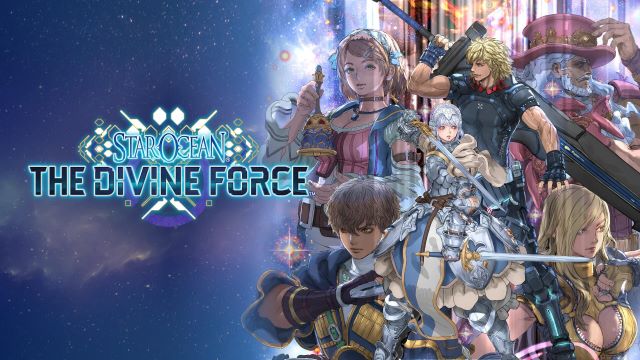
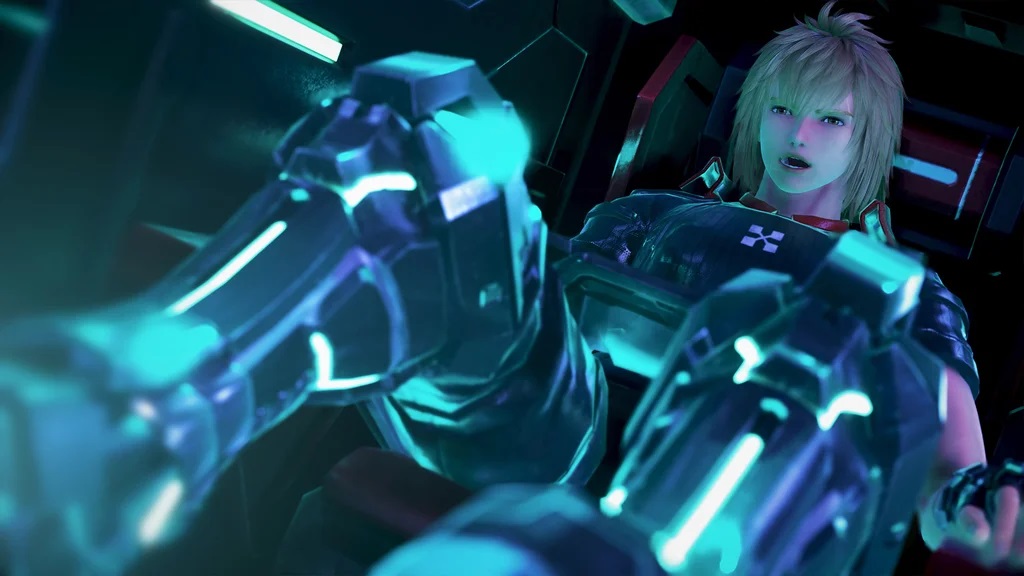
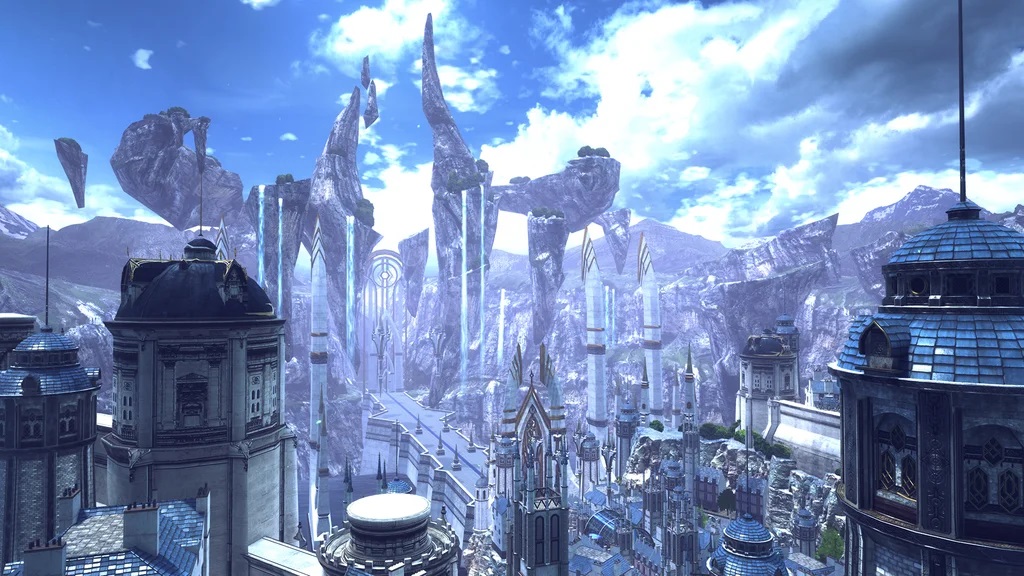
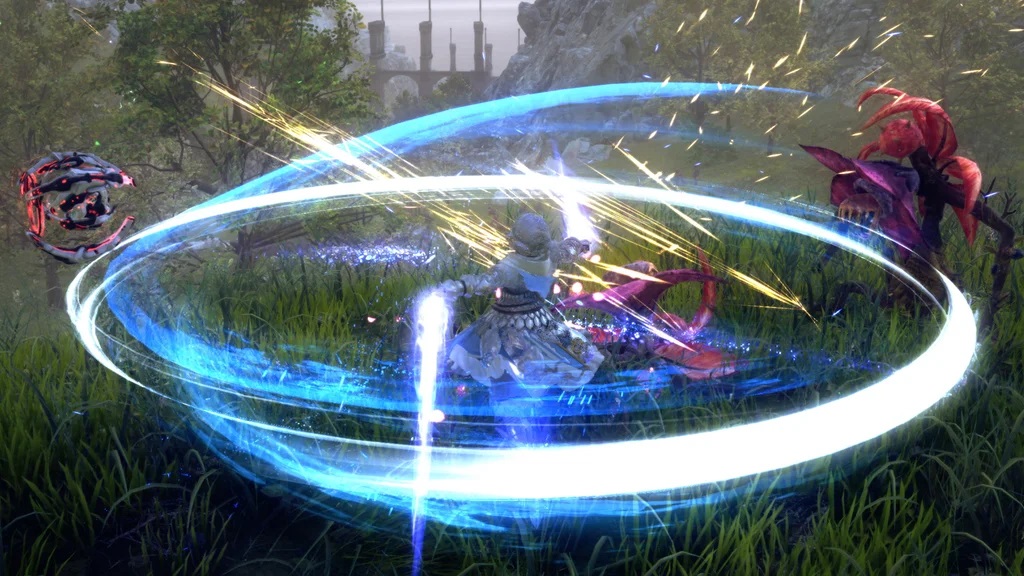
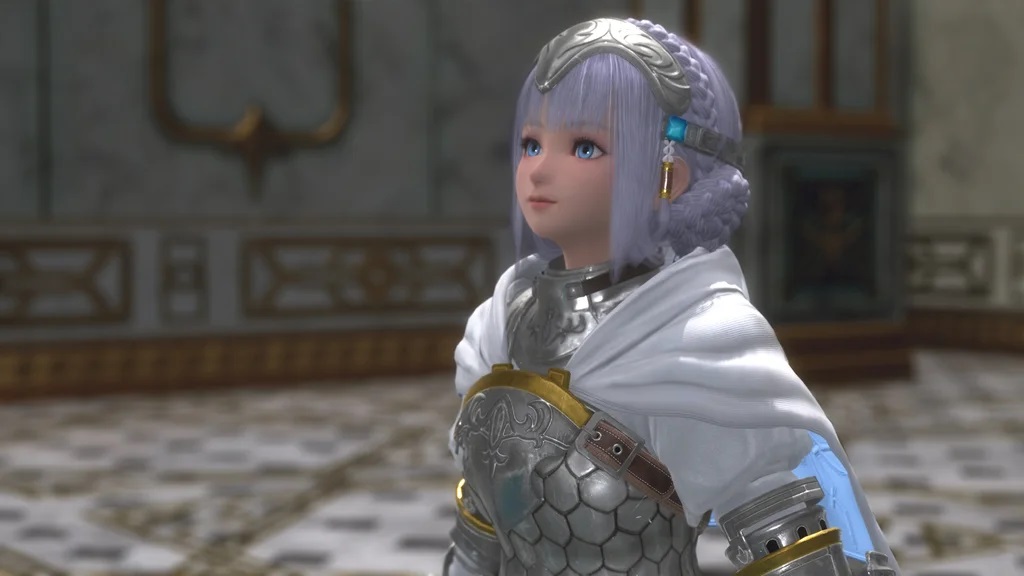





Published: Nov 11, 2022 12:21 am